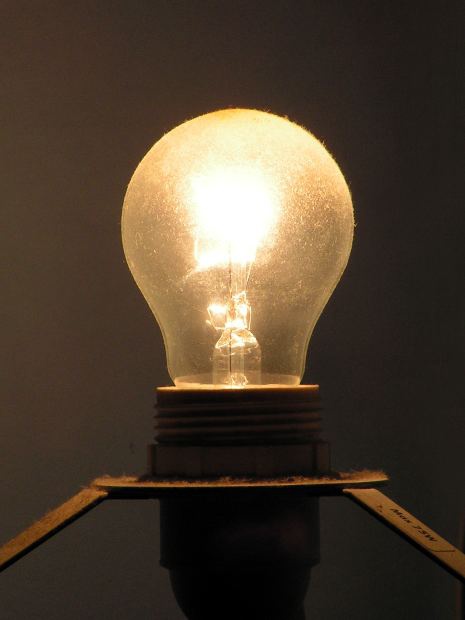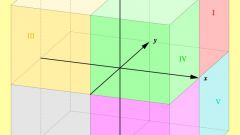You will need
- The ohmmeter, measuring bridge, calculator.
Instruction
1
To start, determine how the connected elements of an electric circuit relative to each other, as this affects the calculation of the total resistance. The conductors may be in serial or parallel connection. The serial connection is a connection when all elements are linked so that the enclosing the portion of the circuit has a single node, and parallel connection is a connection, when all the circuit elements connected with two nodes and do not have relationships with other nodes.
2
If you have determined that the conductors in an electrical circuit are connected in series, find the total resistance will not be difficult. Simply add up the resistance of all elements. If you are given the resistance of each conductor, but given their voltage and current of any circuit element, then adding all the voltage, you will know the total voltage. The current strength of each element in a series connection are equal, that is, the total current in the entire circuit equal to a current of any conductor of this chain. And then to find the total resistance, divide the total voltage into amperage.
3
If the elements are connected in parallel, the total resistance can be found as follows: multiply the resistance of all conductors and divide by their sum. If you are given the resistance of each element but their amperage and voltage of any circuit element, then adding all the amperage you will learn common. Voltage of each element in parallel connection are equal, that is, the total voltage across the circuit equals the voltage of any conductor to this chain. And then to find the total resistance, divide the voltage to the total current.
4
To determine the total resistance in a circuit, use measuring instruments such as ohmmeter and measuring bridge. They will help you to determine electric resistance.
Useful advice
Be sure to define a method of connecting components in an electrical circuit, as it depends on the correct calculation of the total resistance!




